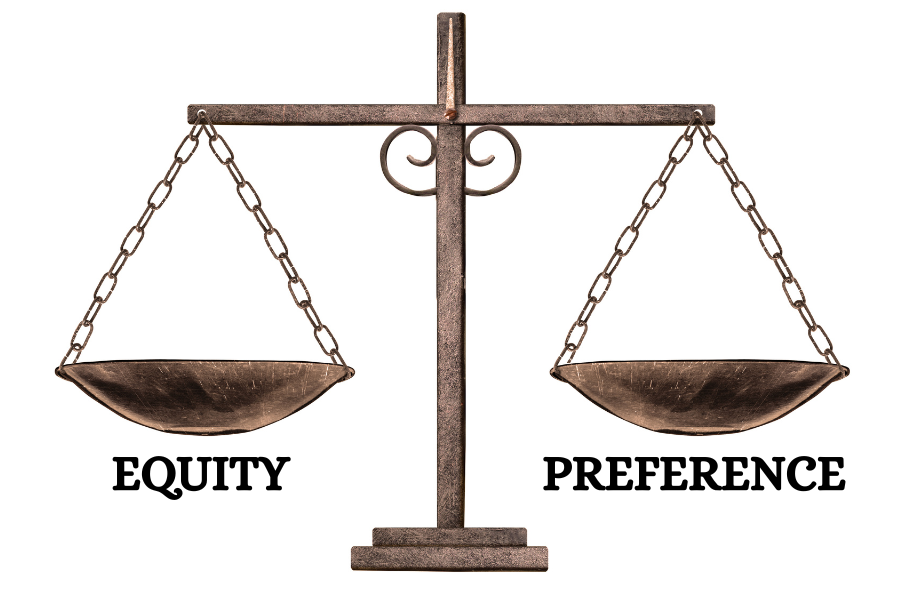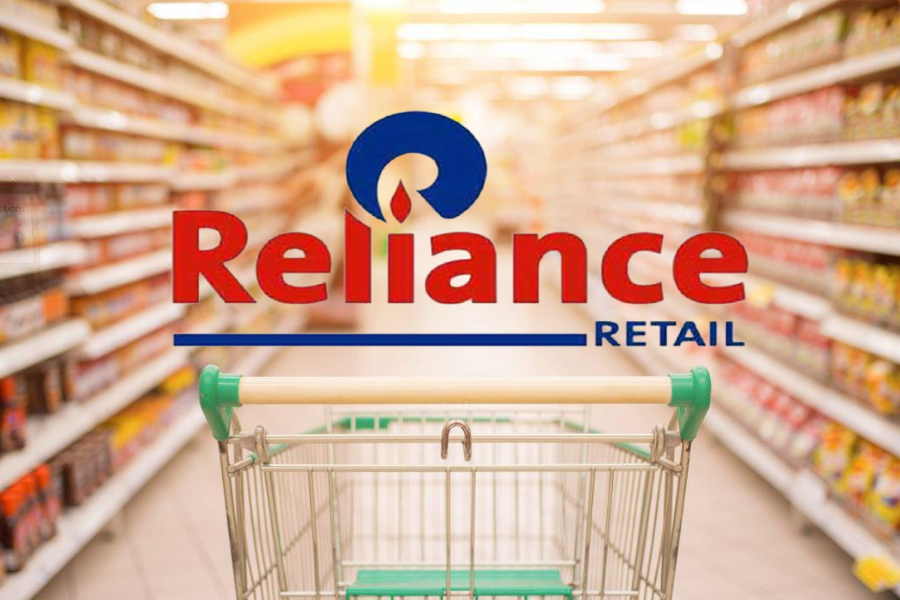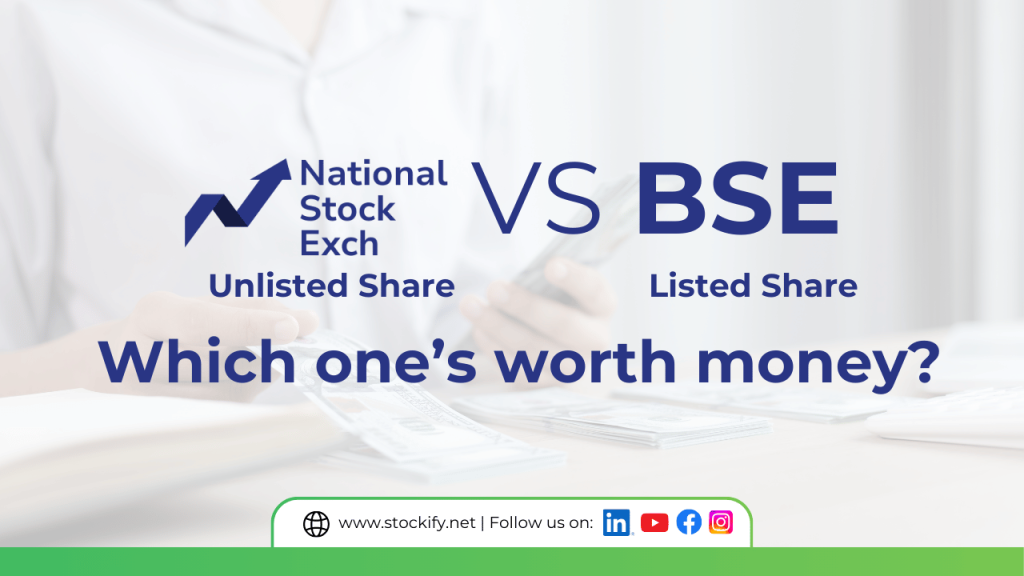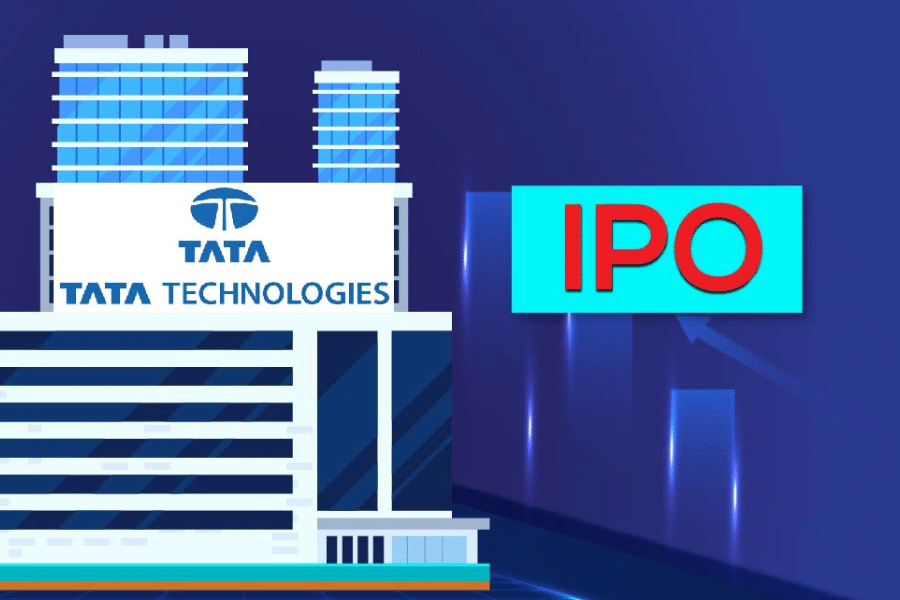Table of Contents
India’s largest Agricultural commodity exchange, the National Commodity & Derivatives Exchange Limited (NCDEX), is planning to launch its equity and equity derivatives segment. The commodity exchange has received an in-principle approval from SEBI, but with certain conditions.
SEBI Laid Down These Three Conditions For NCDEX
Condition 1: Commodity Volume
SEBI mandated to NCDEX that the commodity volume should not be impacted and must remain strong. This is because NCDEX’s main strength is commodity accounting for 94% of the commodity market.
Condition 2: Maintain IT Timeline
NCDEX must keep its technology infrastructure ready and fulfil all compliances before launching its equity segment. “The technology and infrastructure development required for equity segment work is already underway in terms of need assessment and mapping the road as stipulated in the said letter,” a source mentioned to the Economic Times.
Condition 3: Cash Segment Offering
SEBI directed NCDEX to give its equity offerings in the cash segment.
Reason Behind NCDEX’s Entry In Equity, Derivatives
After becoming a leader in Agricultural commodities, NCDEX is now planning to diversify its offerings by entering the equity segment. The Board of Directors (BOD) gave a nod on Feb 12, 2025, for launching its equity offerings. For the same reason, NCDEX is now planning to invest Rs 750 crore to develop its segment.
New Players In Indian Derivatives Segment
The National Stock Exchange (NSE) and Bombay Stock Exchange (BSE) are the two giants in the derivatives segment, with NSE leading the way, being the largest stock exchange in India and the 7th largest in the world.
Along with NCDEX, MSEI is also planning to offer derivative products. NCDEX has the advantage of deep rural penetration, unlike MSEI, which has more institutional strength.
MCX vs NCDEX.Which Is The Better Commodity Exchange?
FY 24-25(Amount in Rs Crores) | NCDEX | MCX |
Revenue | 88 | 1,113 |
Expenses | 161.2 | 447 |
EBITDA | -83 | 665 |
EBITDA Margin % | -94.32% | 60% |
PAT | 236 | 560 |
EPS | 46.57 | 109.82 |
We can observe from the above data that the NCDEX is unable to recover its operating expenses and has a negative EBITDA of Rs 83 crore. However, it generated additional income of Rs 388 crore by selling its stake in PXIL. That’s how NCDEX managed a PAT of Rs 236 crore.
For MCX, although the operating profit margin increased from 9% in March 24 to 60% in March 25, it managed to earn a profit of Rs 109 crore from a revenue of Rs 1,113 crore.
Profitability directly impacts the valuation and shareholder wealth of both these exchanges, which is reflected in the data below:
As On 7-8-25 | ||
Market Valuation | ₹1,736 crore (est. unlisted grey‑market valuation) | ₹39,600 crore (approx. current market cap) |
Share Price | ₹324 per share (grey‑market price) | ₹7,743 per share (current listed price) |
P/E Ratio | 6.63 | 60.5 |
Book Value per Share | ₹90.6 per share | ₹370 per share |
A) Market Valuation Comparison
MCX commands a valuation nearly 23× higher than NCDEX. This is justified by its:
Near-monopoly in non-agri commodities (precious metals, crude oil, natural gas).
Consistent profits, revenue growth, and dividend payouts.
Institutional trust and retail adoption.
NCDEX’s valuation has improved (₹1,736 Cr) but is still speculative, driven by future expectations like:
SEBI’s in-principle nod for equity and derivatives trading.
Asset monetisation (like stake sales in NERL or PXIL).
Hopes of agri reforms boosting commodity participation.
B) P/E Ratio: Cheap vs Premium
NCDEX’s P/E of 6.63 appears extremely cheap on paper. However, this is:
Distorted by non-recurring gains from asset sales in FY25.
Misleading if you consider its core operations are still loss-making or marginal at best.
MCX’s P/E of 60.5 might seem expensive, but:
It reflects consistent earnings, dividend-paying ability, and market dominance.
Investors are paying a premium for high-quality cash flows and a virtual moat.
NCDEX Valuation appears cheap but risky. While its P/E and price are attractive, investors must adjust for non-operating income and weak business fundamentals.
FAQs
1. What is the function of NCDEX?
NCDEX is one of India’s top trade commodity exchanges. It functions similarly to NSE and other stock exchanges, with the exception that it deals in commodities rather than stocks and stock indexes.
2. Is NCDEX private or government?
It is a government-owned corporation established on April 23, 2003, per the Companies Act of 1956, and received its certificate for the start of operations on May 9, 2003. It started running on December 15, 2003.
3. What comes under NCDEX?
The National Commodity and Derivatives Exchange, often known as NCDEX, is one of India’s top commodity exchanges. It specialises in trading various agricultural commodities, including grains, spices, oilseeds, pulses, metals, and energy goods.
4. What is NCDEX Trading?
The National Commodity and Derivatives Exchange, often known as NCDEX, is one of India’s top commodity exchanges. It specialises in trading various agricultural commodities, including grains, spices, oilseeds, pulses, metals, and energy goods.
5. What is NCDEX Trading?
The National Commodity & Derivatives Exchange Limited operates with an independent Board of Directors and is regulated by the Securities and Exchange Board of India (SEBI).
6. Who are the competitors of NCDEX?
NCDEX (National Commodity & Derivatives Exchange) faces competition from several exchanges, primarily the Multi-Commodity Exchange (MCX), National Spot Exchange Limited (NSEL), and Indian Commodity Exchange Limited (ICEX).





















































